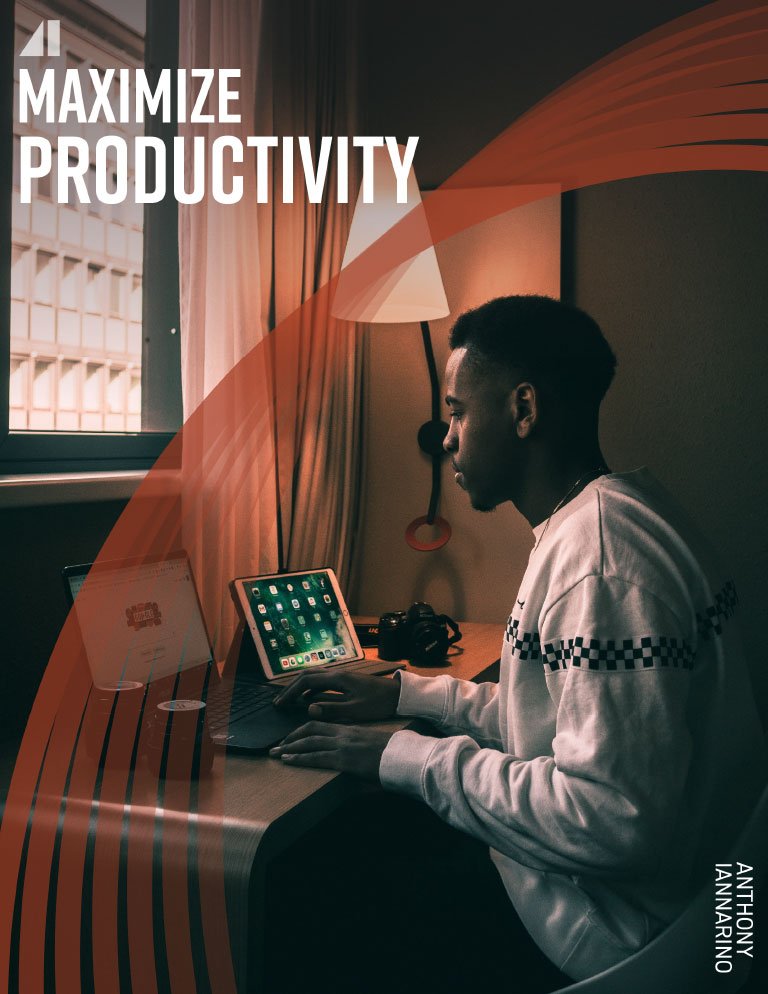7 Content Marketing Mistakes You Make on LinkedIn

July 25, 2020
LinkedIn was once a true professional social platform. The content was more CNBC and less Facebook and Twitter. As human beings, we want to share things that find interesting, even if they sometimes work against our more significant goals. If, however, you are using LinkedIn for business—and sales—you may want to make sure your content strategy is on point and not working against you.
Here are seven content mistakes on LinkedIn.
- Created for Likes: Those who misunderstand content marketing create with a specific end in mind. Most of all, they want likes or some approval in the form of an emoji. While positive feedback feels good, it should not be the primary goal of what you create.
- Created for Comments: You can always tell a person is fishing for comments when they publish something like “cold calling is dead,” or “relationship selling is dead.” When those who don’t acquire enough likes, they often resort to trying to choose a topic that is sure to bring out those who will argue the other side. No one likes a good debate more than I do, but it isn’t a reason to create content.
- What Makes Us Great: For a very long time, marketing focused on answering the question, “why us?” And why shouldn’t you be proud of your company and your results? On a platform with more content than anyone could consume in several lifetimes, content about your company isn’t going to attract the attention you want or the outcomes.
- Personal Brand: It’s good that you work out each morning before you head into work. The ping pong table and the Xbox make for a fun, Silicon Valley ethos, even when you are in Tulsa. These things prove that you are real, but they don’t achieve the outcome of content marketing.
- Your Politics: LinkedIn was professional for a long time. Now, because everything and everyone is political (at least here in the United States), you can’t escape political content, something that is increasingly divisive and, no doubt, works to offend half of the population you are trying to reach.
- Broad Criticism of Categories: I am sensitive, naturally, to criticism of salespeople as if it’s still 1978 and that they are taught and trained to pressure their prospect to buy. Instead of offering ideas that might improve people’s performance, they paint a whole group of people with a broad brush. They do this even though all generalizations are lies.
- No Perspective: A lot of people want to share on LinkedIn, but lack the content. There is nothing wrong with pointing at other people’s content, but if you do so without adding your perspective, your commentary, and what you believe is essential, then it is not content marketing.
Your content marketing should start with the goal of serving the people you want to help with ideas that are valuable to them. When you provide people and companies with insights and ideas that provide them with a new view of something that impacts their view of their business and new possibilities, your content serves them, while also identifying you as someone who might be able to make a difference.
Your content may not score a very high number of likes, a vanity metric that doesn’t include any information about whether or not it resonated with your target audience. It may not get a single comment, something that might be nice, but your contacts may not be the kind who want to leave a public trail on LinkedIn. Even when these things are true, those contacts who saw your content also saw your name and your face (provided you have a professional picture).
There is no benefit of trashing categories of people on LinkedIn. It doesn’t serve your prospective clients and the people with whom you are trying to create a relationship, a business relationship.
Ask yourself these questions before posting on LinkedIn:
- Does this content help me serve the people I am trying to help?
- Is this the kind of content that I want my clients and prospective clients to know me for?
- Will the content help shape their view about why they should change and help them recognize new possibilities or potential?

Get the Free eBook!
Take control. Maximize your productivity.
Being productive means getting important things done. The stuff that moves you toward accomplishing your most important goals. The strategies in this eBook will have you producing the results you want.
Download Now






.jpg?width=768&height=994&name=salescall-planner-ebook-v3-1-cover%20(1).jpg)


